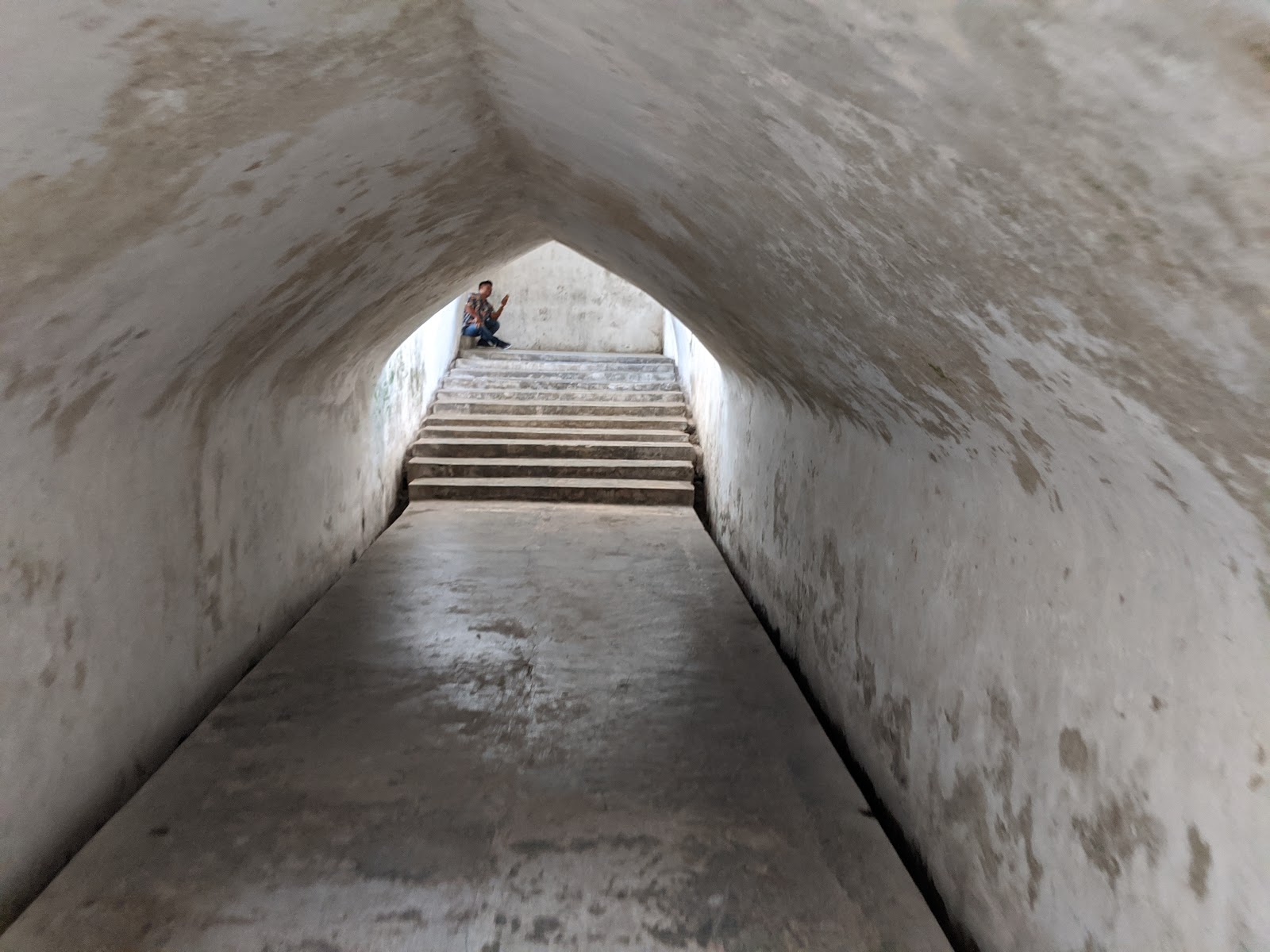CXLI
An eclectic collection of miscellanea on politics, law, Linux, philosophy & food. When ranting on twitter isn't enough.
Wednesday, December 25, 2019
Prambanan
Wednesday, December 4, 2019
Yogjakarta: Water Castle and Sultan's Palace
At the far end of the pool is a viewing platform where the Sultan could watch his wives swimming. The pool is also surrounded by jasmine plants giving the area a pleasant scent.
Further outside the main entrance is an underground mosque where the Sultan and his family would pray.
I was a little underwhelmed by the palace but one thing it did have was a live Javanese orchestra performance, which was relaxing way to finish the day before eating my weight in satay.
Wednesday, May 17, 2017
Mae Kampong Village
Mae Kampong village
The village has not quite yet made it on to the tourist trail so the village remains tranquil and small.
The main road of Mae Kampong
The river
Mae Kampong waterfall
The top of the falls
Chae Son National Park
The view from the trail
Looking down the valley
Mae Kampong from the café
Monday, May 15, 2017
The hills around Chiang Mai
Chiang Mai from the hills
Just outside of Chiang Mai is the temple of Wat Phrathat Doi Suthep. It is easily reachable by the public red trucks or a tuk tuk. The temple is on the top of a hill outside Chiang Mai.
The stairs to the temple
The temple
The altar at the temple
A pagoda
The hills around Chiang Mai from the temple
Chiang Mai through the haze
The waterfall
The bottom of the waterfall
Chiang Mai from the nature trail
The hills from the nature trail
An orchid
Farmland
Banana plantation
A cave
The accommodation for the night
Sunset from the village
Golden Orb spider
Tarantula
Tarantula out of her burrow
A swimming hole
The trail back to Chiang Mai































